
This article originally appeared in the March/April edition of Museum magazine.
All museum directors started off as young people trying to find their way. Recently, in a series of interviews conducted for the book Eleven Museums/ Eleven Directors: Conversations on Art & Leadership, art museum directors spoke candidly about their individual professional journeys. One consistent theme was the importance of mentorship and advice to young people. The following pages excerpt six of the directors’ interviews.
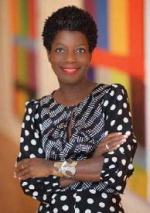
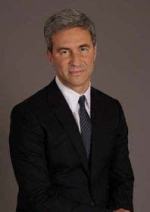
What are your thoughts about the field of art museum. directors and women of color looking forward?
TG: This is a field that has really taken a look at itself to acknowledge that it does not look the way that those of us committed to this field, committed to its centrality in our culture, think it should look. The museum field generally-not just directors. but senior leadership-does not reflect the diversity of our culture. The museum field does not benefit from what it means to truly be diverse. I feel that for museums to fully exist and to actualize themselves in the 21st-century. they have to embrace diversity in its most complex and beautiful ways. That will only come with the commitment to both the idea and the practice. I know as a museum director who is a woman, and who is a person of color, that I can exist in this world with an incredible amount of support and perhaps some success because I was and am so profoundly mentored, advised, and supported throughout my career.
How would you counsel a young person to find her own path?
TG: The first thing I tell young people who want to do this work is to truly answer the question. “Why do you want to do this work?” The path will not be clear. It will not be easy. It will not follow a straight line. The why you want to do this work will inform your steps along the way. I often say that it is much more important to think about whom you are working for than where you are working. I say that I have worked at great institutions, but my relationships with the great institutions have been with the people at those institutions. Whom you work for has an incredible amount to do with your career and how it might progress.
Who were your most important mentors?
MG: I have had so many mentors-I think about how many people it takes to teach one of us human beings. The amount of intelligence and experience poured inside a developing individual is endless. When I think of the people in art who poured ideas and caring into me, so many stand out I think of Ed Epping. an artist and my most influential professor at Williams College Museum of Art, and of course Tom Krens … No one else could have exposed me to the world so quickly; he was a powerful influence especially because of his contrariness and his openness to new ideas.
There are philanthropists and business leaders who helped me along in fonning an approach to work and life … art dealers have taught me. .. but artists always come to the top of the list Walter De Maria, Lawrence Weiner, Fred Sandback, and architect Frank Gehry.
…Anne d’Harnoncourt made it safe to be a museum director-she knew how to run a great show and how to deal with all the politics around her and still do the beautiful Brancusi or Barnett Newman exhibitions, to keep the quality high and keep it all in balance. One of my huge mentors today. in the last ten years, has been Thelma Golden. director of the Studio Museum; she’s a friend I’m always learning from …
What advice would you give to young people?
MG: The only advice I ever have is: just keep your eyes, ears, and senses wide open and absorb every single thing. That is the only advice I ever have. You never get too old to have mentors.
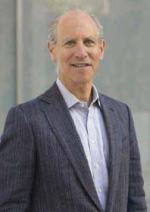
Who have been the key mentors for you and why?
GL: Milo Beach, who turned me on to art history, and Lane Faison, who was a legendary teacher at
Williams College Museum of Art were important mentors. When I got to know Lane, he was the director of the Williams College Museum of Art He made me aware of the pleasures of working in a museum and maybe even some of the strategies involved in working with donors and learning how to engage people. Also George Hamilton who went from being just Ricky Hamilton’s father to being a teacher and ultimately one of the most distinguished museum directors in the country. and from whom I learned a great deal about how to think and how to apply the knowledge you get looking at art toward thinking about how to organize an institution.
Another was Frank Robinson, for whom I worked when I was a graduate student while he was the director of the Museum of Art at the Rhode Island School of Design. Frank was the greatest possible mentor for a young curator, always full of energy. full of ideas. I am still very close to him … Frank made being a museum director exciting.
Oleg Grabar was my teacher at Harvard. He was such a deep intellect and taught me the value and the pleasure of research: how to ask questions. Once you learn how to ask questions, it doesn’t really matter what the subject is. You can learn something from anything if you know what questions to ask. Those were the people who had the most impact, other than my mother whose presence is always felt. In the best possible sense, she is an endlessly curious human being. and I think that curiosity is an important aspect of being an art historian or a director.
If you were giving counsel to a young person who would like to become an art museum director, what would you say?
GL: I don’t think that becoming a director is the right goal: the goal is to become a great art historian, and along the way, you either end up teaching which is great. I would have been thrilled to end up as a teacher-or something else … The quest is to become a great art historian, and if you have the right temperament and skill set. maybe you get drawn into museum work. you get drawn to institutional leadership, but I would never recommend beginning by thinking you want to be a museum director.
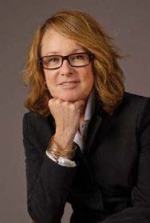
As a leading female museum director, what do you see in terms of more women becoming museum directors and artistic leaders in our country?
AP: I was so happy to hear of Anne Pasternak’s appointment at the Brooklyn Museum That is a major institution. and it made me so happy. I think it is inevitable that more women will become directors. That will happen. I think it comes down to the boards figuring out that women can be great leaders too-if not even better ones! Watch out, boys.
Have you mentored others?
AP: Maybe I have mentored people the way that Kathy Halbreich mentored me-without knowing it. Many people who have worked with me at the Hammer have gone on to big jobs and have thanked me for the things they have learned. They usually say something about the notion of embracing risk and going the creative route instead of the sure one. Those are the things that the Hammer tries to do and the lessons that I hope to share.
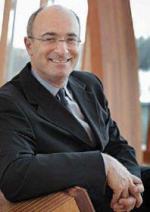
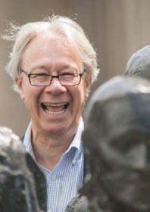
If you met a young person who wanted to become a museum director, what advice would you give?
MT: My first question would be, “Why? Why do you want to be a museum director?” I want to know if they understand they have to work really hard and connect the “why” to what they want to actually achieve in an ever-changing world. If they say it’s because they love art, then my answer is, become a university professor. If you love art, great! I love that answer. Go work in a university. Teach art. But if you want to work in an art museum, then the “why” is about that public space, meeting the public, creating civic value. If you can articulate that, then I would get into the conversation, “Do you know what the trends are? Are you prepared to engage some of those trends, like more user-generated content?” I would get into that with them.
What advice would you give to a young person?
JZ: I was discussing this the other day with the fellows of the Mellon Summer Academy. I was encouraging them to do internships in all the fields that nurture the ecosystem of the arts. I never did the internships I would have liked because I started teaching-you have to earn money somehow or another, and for me it was teaching. So I never did what some of my friends at the Ecole du Louvre did-an internship in an art gallery or an auction house-but I think those would have been very important experiences too.
Like in a commercial gallery?
JZ: Yes, because that would have rounded out my experience. And it would be more meaningful today when the lines are more porous between the commercial galleries and the nonprofit museum … Or to spend one summer in an artist’s studio, being the assistant to the artist, and see it from the artist’s perspective. Even if you want to work in a museum, experiencing the different sides of the art world can be enriching.
Michael E. Shapiro is tits director emeritus of tits High Museum of Art. Atlanta, where he worked from 1995-2015. He worked previously at tits St. Louis Art Museum and the Los Angeles County Museum of Art. He served as the general chair at AAM’s Annual Meeting and MuseumExpo in Atlanta in 2015. Eleven Museum/ Eleven Directors: Conversations on Art & Leadership @2015 is available at museumshop.high.org/collections/books-media.




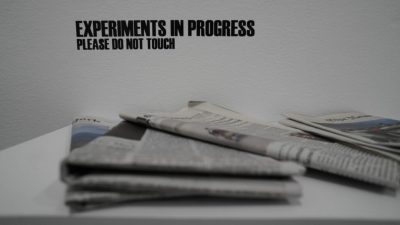
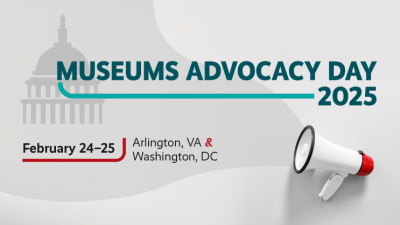
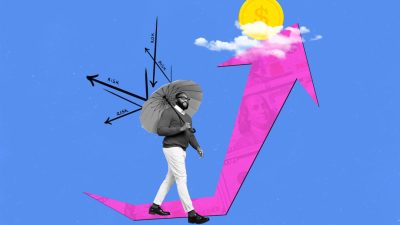
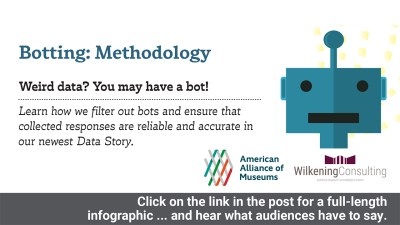
Comments